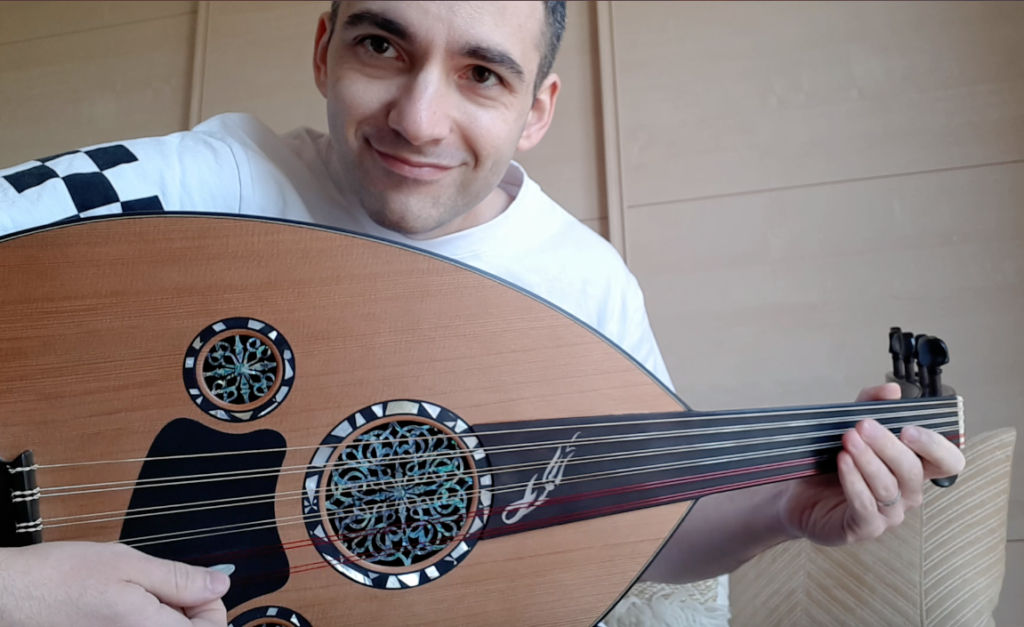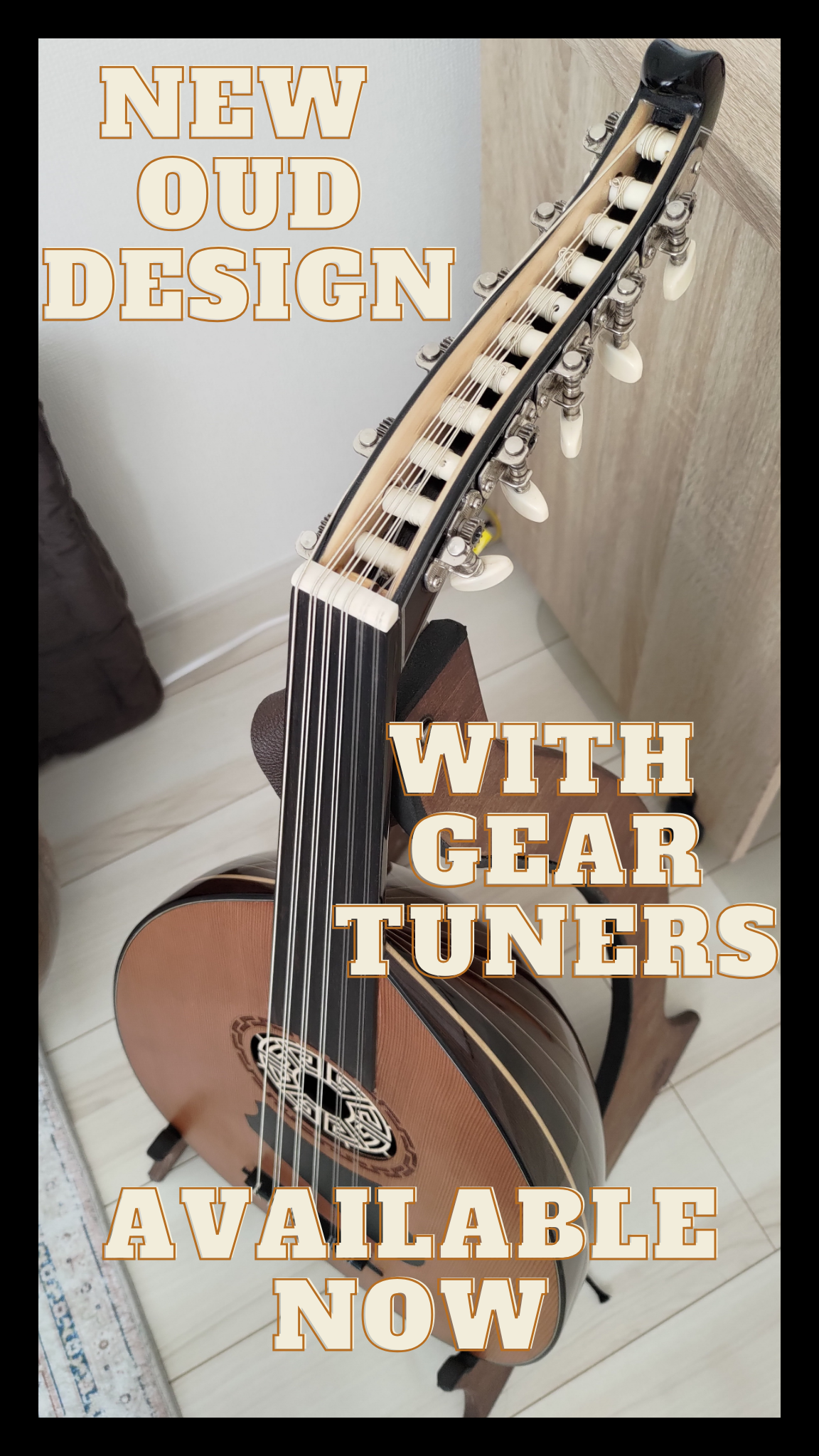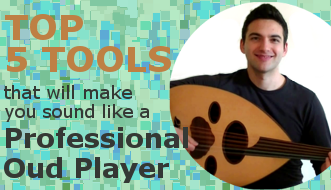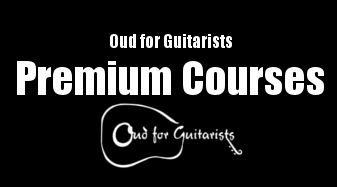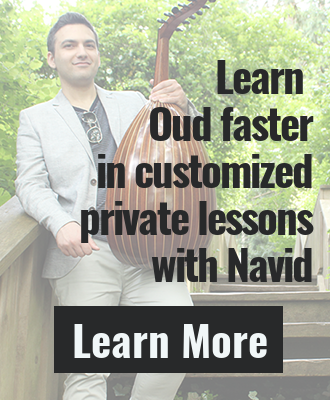Everybody is different when they come to me wanting to take Oud lessons.
Some have never played a musical instrument in their whole life.
Others have played music their whole life and can play Oud quite well.
So what do you learn when you take Oud lessons from me?
Do you want to learn Persian, Arabic, or Turkish Oud style?
Oud lessons – The basics:
The basics of Oud playing is the same for all the above Oud playing traditions.
The tunings can be different, but the playing technique is much the same.
You’ll learn:
- How to overcome the challenges of tuning, holding and playing the Oud.
- Where all the main notes are and what they are called.
- How to practice to produce a pleasing tone and develop the basic stroke and advanced stroke.
Persian Oud lessons
Persian music is what I consider my main specialty as I’ve been studying and performing Persian music since I was 10 years old.
If Persian music is your style of choice, after learning the basics, you will continue to develop your skills by learning:
- Simple and intuitive melody using my own material and materials passed down from my own teachers, and some material from Mansur Nariman’s Oud method.
- Persian folk melodies from greater Iran area arranged for Oud by Hossein Behroozinia.
- Advanced Oud pieces composed by Hossein Behroozinia.
- The musical forms and styles of Pishdaramad, Zarbi, Reng, Tasnif, Avaz, and Chaharmezrab.
- The rhythms used in Persian music and how to play them on Oud.
- Depending on how your technical skill develops, you’ll study the Radif which is the beginning of the journey to learn how to authentically improvise and create melody in Persian music.
- Improvisation in Persian music using the themes and melodies from the Radif to create our own improvisations and compositions.
Arabic Oud lessons
Arabic music and Persian music are in some ways easier to relate to in that they use the same range of tuning.
However, the vibe of the music is completely different.
Aside from the basics which is a combination of material from the Jamil Bashir method and my own original materials, you’ll learn:
- Music from the greater Syria area: I primarily use the books “Sharqiyyat” volumes 1 – 4.
- Well-known repertoire by the likes of Fairuz, Sabah Fakhri, Farid al-Atrash, and Mohamed Abdulwahab, instrumental Samai, and more.
- The maqamat system, intonation, practical theory, and modulations.
- Ear Training.
- Arabic rhythms in the context of the specific music and how to jam those rhythms on the Oud.
- The Art of Taqasim.
Turkish Oud Lessons
I have a few students who are studying Turkish Oud lessons with me.
I teach most of the basics and use Turkish repertoire to move forward.
Turkish music is a bit more complicated for most people because of the unique way they read music notes. So I make sure it’s the right fit for their goals before starting.
Another thing about Turkish Oud music is that the Oud methods I have encountered seem to really emphasize learning exercises and technique before music and note reading.
What this does is take away any physical and technical limits that might prevent one from playing real music. But I find this to be a boring way to learn unless that learner is very dedicated.
So I employ a middle way teaching both exercises to develop technique and playing ability as well as learning “ilahi”, Turkish Sufi hymns for ease of melody and simple demonstrations of makam melodic development.
You will learn:
- The Turkish notation system.
- Oud exercises from Temel Ud Egitimi.
- Turkish makamlar and their seyir (melodic development).
- Ilahi, Turkish Sufi Hymns.
- Classical Turkish repertoire, Pesrev, Saz Semaisi.
Turkish music is still a genre that I am studying. The depth and variety in Turkish makams are quite vast and specific in their nature. It can take another lifetime to master.
If you’re interested in Oud lessons with me, you can read more about my approach here, and book a consultation to see if it’s the right fit for you.

